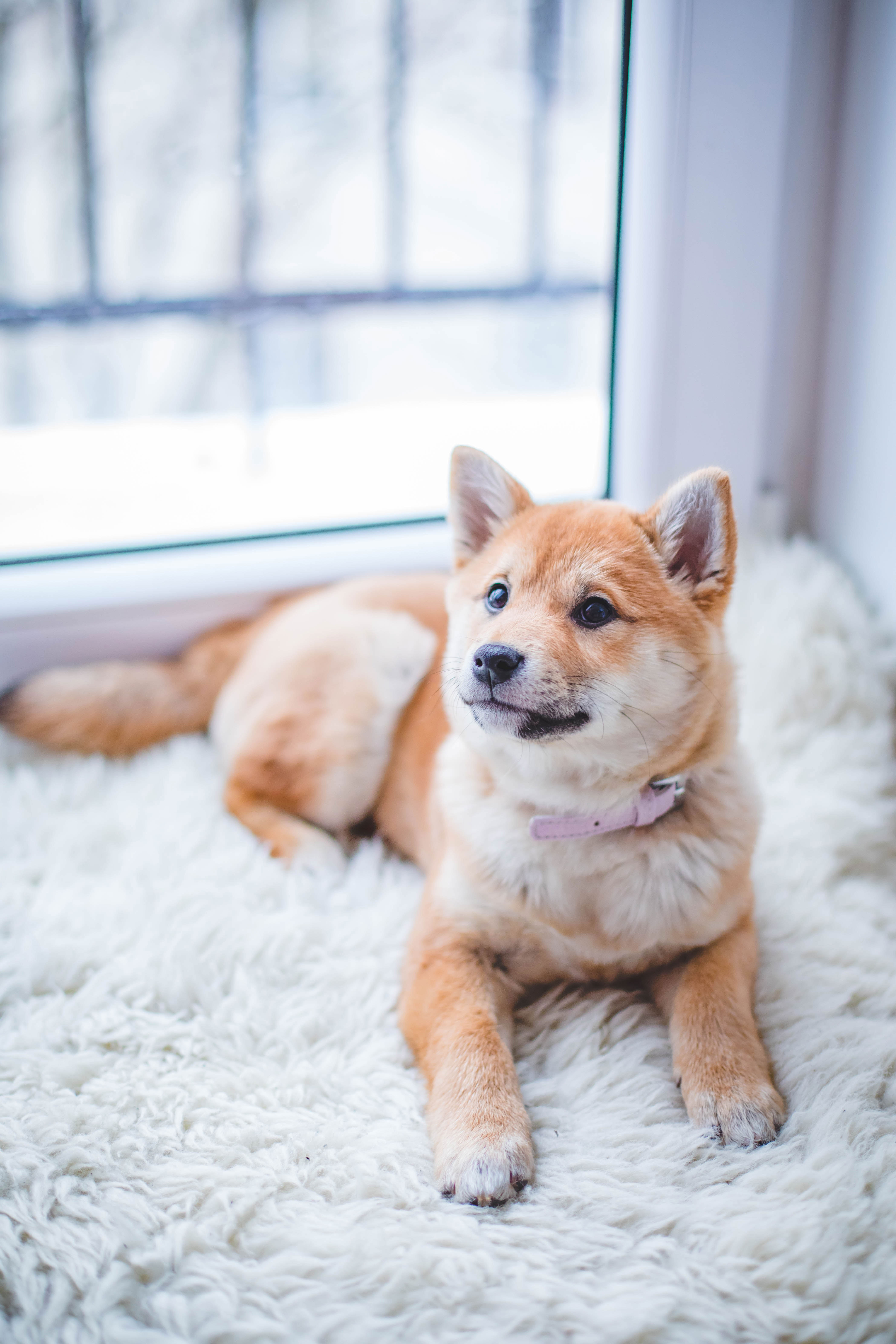
What to Know About Your Dog and Fleas
When you become a dog owner, there are many things you have to learn to ensure that your dog stays happy and healthy. You'll need to figure out what kind of routine your dog needs every day, like how many walks to take her on and how much food she needs. Then there are visits to the vet so your dog can get shots and checkups, plus necessary treatments.
One thing your vet will talk about with you is the concern for fleas. Fleas are common bugs that depend on hosts to feed them, which happens when they bite into a host and suck its blood. They carry disease and make dogs itch, but what can be trickiest about them is that they're super small and difficult to see on dogs with thicker coats.
To protect your dog from fleas, read up on what you should know so you never have to worry about your dog coming home with fleas again. You'll know how to do preventative maintenance and also take care of your dog if you find her carrying around a flea or two.
Fleas Have a Specific Life Cycle
If your house gets an ant infestation, you can spray the place down, lay out traps, or call an exterminator for help. Fleas should be treated a little differently, since they have a specific life cycle. One thing they do share in common with other pests is that they don't respond well to cold weather, so you don't need to check your dog for fleas as much during the winter.
Adult fleas will come out in the spring and wait for a host to appear. When they sense vibrations or an increase in heat temperatures, like when a dog runs under the branch they're on, they'll jump or drop onto the new host. After they begin their first blood meal, the females will be able to start laying eggs. Eggs will easily fall off and land wherever your dog goes, taking anywhere from two days to two weeks to hatch. If they happen to hatch where you sleep or sit, they'll attach themselves to human host.
There are Many Treatment Options
Every dog responds differently to flea medication or preventative measures. The most commonly recommended method is a monthly pill, and your vet can give you more specific brands to look at that will be best for your dog. The medication will vary depending on your dog's weight, fur type, and how much time she spends in potential flea environments.
There are also flea collars your dog can wear that are odorless. They work to keep fleas away without the monthly payment of a pill. Some pet owners opt out of the collar option because they may not be sturdy enough for pets who tug hard at their leash.
You Can Banish Them from Your Home
Once you're sure that your dog doesn't have any fleas, it's a good idea to treat your home as a precaution as well. You can invest in some flea spray that will quickly cover surfaces like your couch and carpet, but you may also want to look into fogging. Fogging will easily reach places where fleas might hide that you could forget to spray.
As a dog owner, you never want your pet to be uncomfortable or unsafe, which is why it's smart to learn about fleas and how to treat an infestation. You'll be prepared and know what to look for if you start seeing tiny bugs crawling through your dog's fur. Once you get your dog started on preventative care and have supplies stocked in case fleas move into your home anyway, you'll feel like a pro at being a dog owner.
Emily is a freelance wildlife conservation and pet blogger. To check out more of her work, see her blog, Conservation Folks, or follow her Twitter account @emilysfolk.










